In this second and final installment of the ‘Highlights of 2023’ series, we give our readers a glance of another 3 most visited posts in this year.
Continue readingHighlights of 2023 (Part 2)
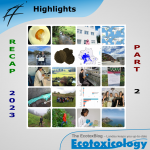


In this second and final installment of the ‘Highlights of 2023’ series, we give our readers a glance of another 3 most visited posts in this year.
Continue reading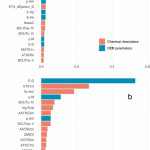
In this blogpost, Jochen Zubrod talks about developing an innovative machine learning approach for ecotoxicity predictions. These cutting-edge models show impressive predictive power for acute pesticide toxicity in freshwater organisms, holding promise for applications in environmental risk assessment and pesticide research and development.
Continue reading
The Department of Biometry & Environmental Systems Analysis is seeking a
PostDoc/Associate Professor for 3 years, starting in September 2023.

One of the working groups in FB7 – Quantitative Landscape Ecology is accepting applications for a PhD in chemical risk assessment. This position is a part of the EU Project – PARC.
Continue reading
Bayer AG, one of the world’s famous multinational companies, is accepting appplications for a postdoc research scientist in biology. The position involves working with bees while using machine learning techniques. The contract is for 2 years.
Continue reading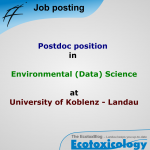
The Institute of Environmental Sciences at Campus Landau is inviting applications to a postdoc position in environmental (data) science. The employment is for 6 years.
Continue readingThe Swiss Federal Institute of Aquatic Science and Technology (Eawag) is hiring a PostDoc to predict acute toxicity through machine learning in ecotoxicology.
Continue reading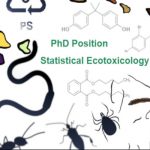
The Junior Research Group Statistical Ecotoxicology at the University of Bayreuth in Germany is seeking to fill a 3-year PhD position in statistical ecotoxicology starting as soon as possible.
Continue reading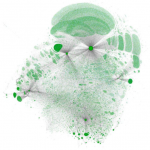
In this article, Jakob Wolfram talks about their recent publication “Graphing Ecotoxicology: The MAGIC graph for Linking Environmental Data on Chemicals”. This work detailed how a novel database structure was used to manage, aggregate, and harmonize different environmental databases in order to address large-scale environmental issues.
Continue reading